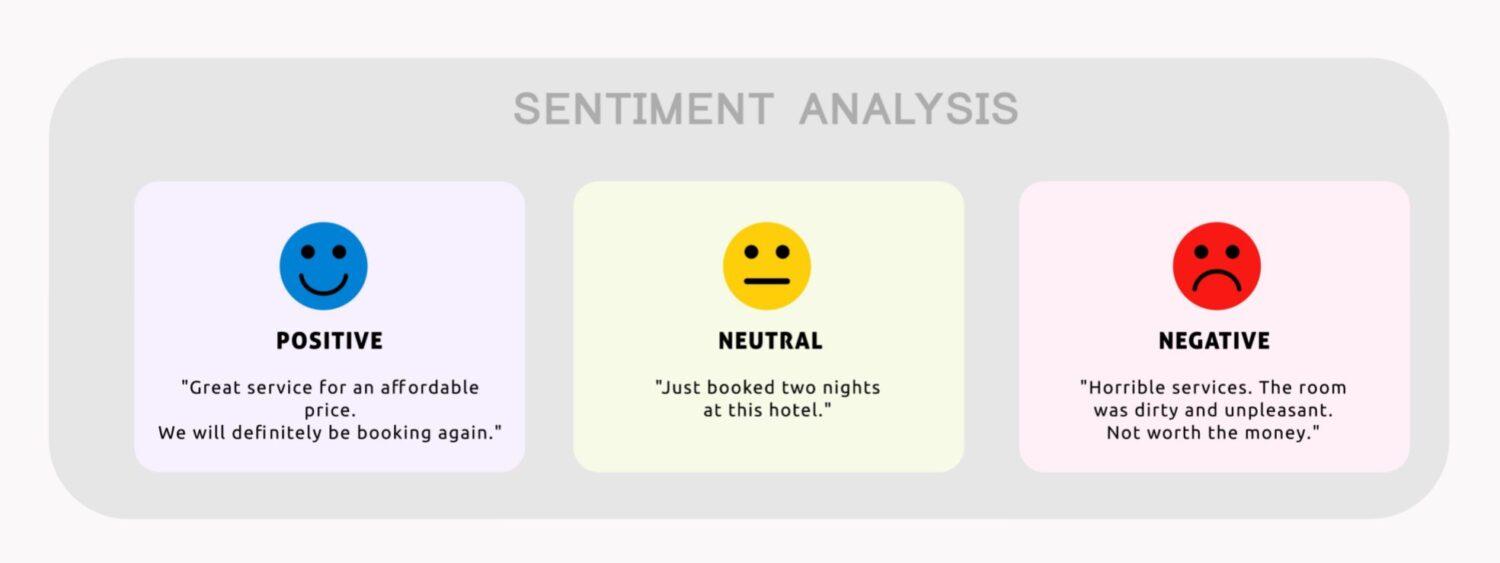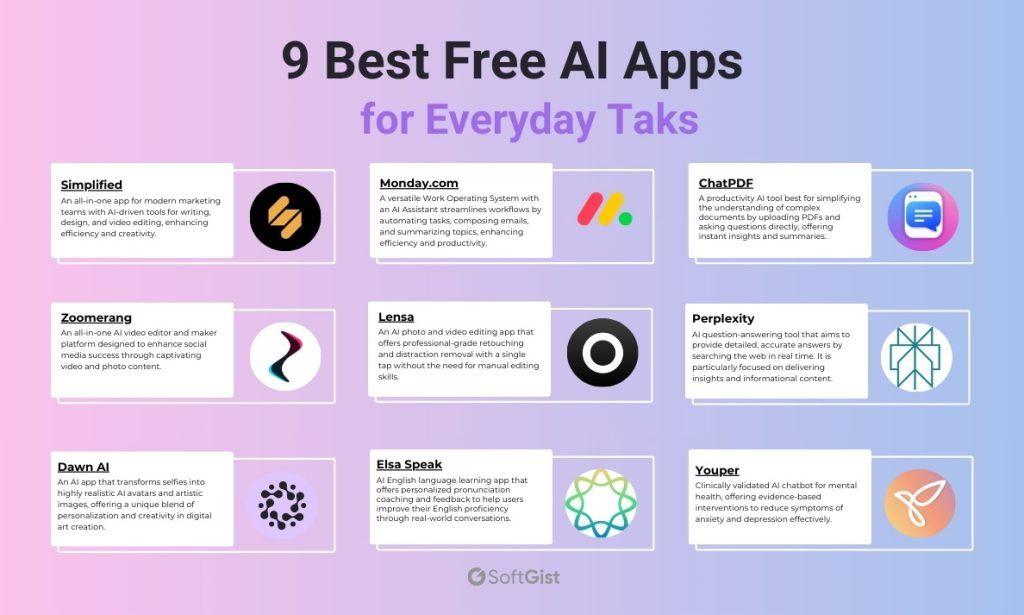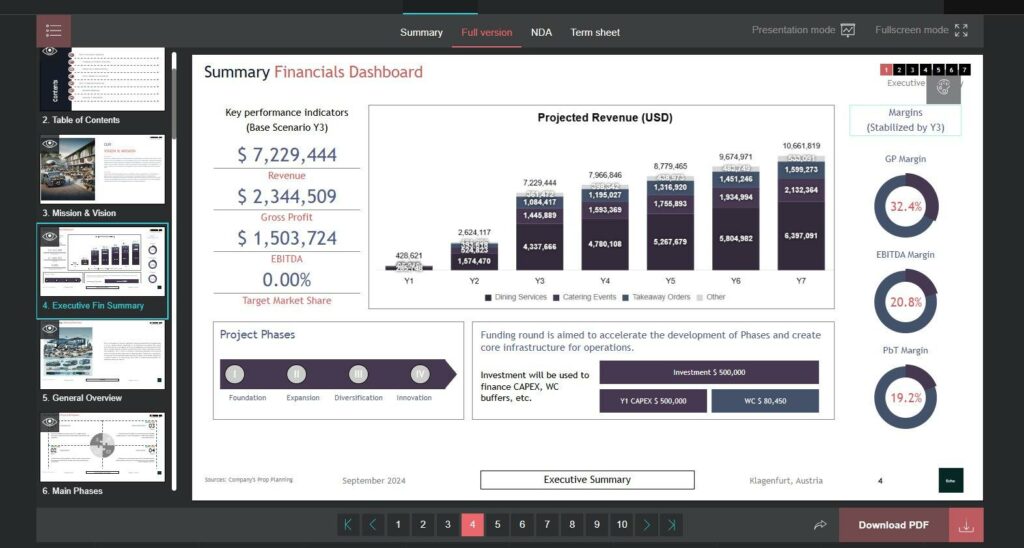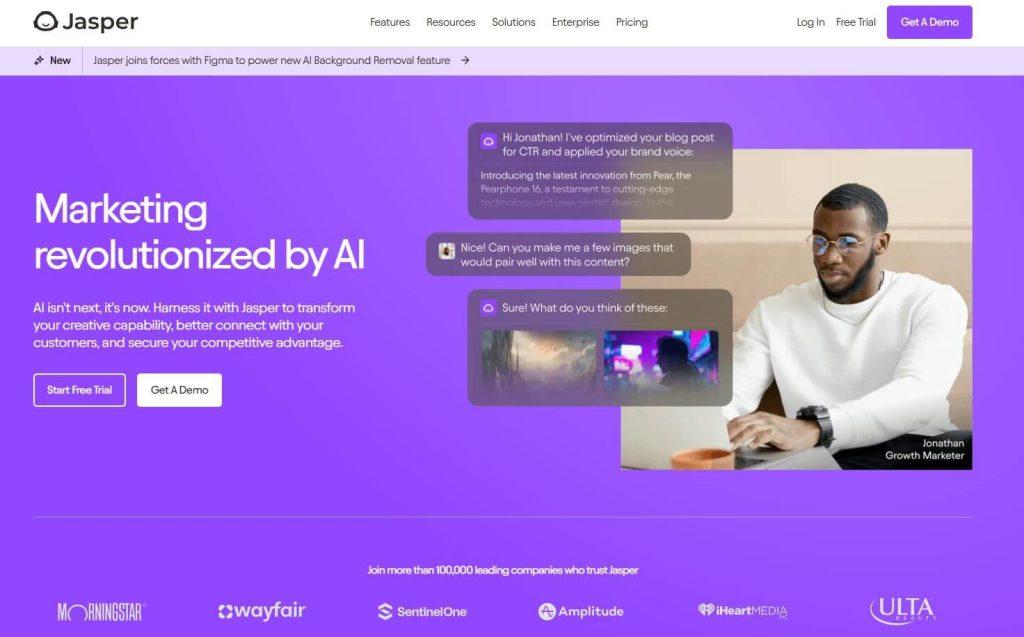In the ever-evolving landscape of business, understanding your audience’s pain points is no longer a guessing game-it’s a necessity. While traditional methods of research have served their purpose, the rise of artificial intelligence has revolutionized the way we uncover the challenges and frustrations that shape customer behavior. By harnessing the power of AI, researchers and marketers alike can dive deeper into data, uncover subtle patterns, and gain nuanced insights that were once hidden beneath layers of noise. This article explores how to leverage AI-driven tools and techniques to decode your audience’s pain points with precision and empathy, transforming raw information into actionable strategies that truly resonate.
Table of Contents
- Understanding Your Audience Through AI-Powered Sentiment Analysis
- Leveraging Machine Learning to Identify Emerging Customer Challenges
- Implementing AI Tools for Real-Time Feedback and Targeted Solutions
- Q&A
- Key Takeaways

Understanding Your Audience Through AI-Powered Sentiment Analysis
Harnessing AI-powered sentiment analysis uncovers the true emotional undercurrents behind your audience’s feedback, revealing not only what they are saying but how they feel. This technology delves into social media comments, reviews, and forum discussions, identifying patterns in emotions such as frustration, excitement, or confusion. By translating vast amounts of unstructured data into clear, actionable insights, marketers can:
- Pinpoint recurring complaints or barriers that customers face.
- Discover emerging desires or unmet needs in real time.
- Tailor communication strategies that resonate on a deeper emotional level.
Below is a simplified example showcasing how sentiment scores categorize audience feedback:
| Sentiment | Common Keywords | Implication for Pain Points |
|---|---|---|
| Negative | slow, confusing, broken | Indicates usability issues needing urgent attention |
| Neutral | average, okay, stable | Signals areas with potential for improvement |
| Positive | easy, effective, great | Highlights features that delight and should be amplified |
Utilizing these insights, brands can proactively address challenges and innovate solutions that align precisely with customer emotions and expectations.

Leveraging Machine Learning to Identify Emerging Customer Challenges
Machine learning algorithms analyze vast amounts of customer feedback, social media interactions, and support tickets to uncover patterns that human analysts might miss. By continuously scanning this dynamic data, businesses can pinpoint subtle shifts in customer sentiment before they evolve into widespread issues. Key techniques include:
- Natural Language Processing (NLP): Extracts nuanced emotions and themes from text data.
- Predictive Analytics: Forecasts potential pain points based on emerging trends.
- Clustering: Groups similar complaints or comments to identify prevalent concerns.
These insights enable proactive adjustments in products and services, turning customer challenges into opportunities for innovation and loyalty.
| ML Technique | Benefit | Example |
|---|---|---|
| Sentiment Analysis | Measures customer emotions | Detecting frustration in product reviews |
| Topic Modeling | Reveals key discussion themes | Identifying common questions about new features |
| Anomaly Detection | Flags sudden spikes in issues | Spotting unexpected product defects |

Implementing AI Tools for Real-Time Feedback and Targeted Solutions
Leveraging AI tools to deliver immediate insights allows businesses to stay ahead in understanding their audience’s evolving frustrations and needs. By integrating chatbots, sentiment analysis software, and real-time analytics dashboards, companies can capture instant feedback from users as they interact with content or products. This continuous, dynamic loop reveals not only what problems arise but also pinpoints the context and emotional triggers behind them. For example, AI-driven sentiment analysis can highlight specific phrases that cause confusion or dissatisfaction, while chatbots can ask targeted follow-up questions to clarify pain points. This granularity enables brands to craft precise, tailored interventions that address customer issues before they escalate.
- Monitor live conversations for emerging problems
- Automatically categorize feedback to identify priority areas
- Customize solutions based on real-time data patterns
- Continuously refine messaging and product features
| AI Tool | Primary Use | Benefit |
|---|---|---|
| Sentiment Analysis | Emotional context detection | Identifies key frustration points promptly |
| Chatbots | Engagement & probing questions | Gathers detailed user insights instantly |
| Analytics Dashboards | Data visualization | Highlights trends over time effectively |
Q&A
Q&A: How to Use AI to Research Your Audience Pain Points
Q1: Why is identifying audience pain points important for businesses?
A1: Understanding your audience’s pain points allows your business to tailor products, services, and marketing strategies that truly address their needs. This focused approach builds trust, enhances customer satisfaction, and ultimately drives growth.
Q2: How can AI improve traditional methods of researching audience pain points?
A2: AI processes vast amounts of data quickly and uncovers patterns that might slip past human researchers. It analyzes customer feedback, social media conversations, and online behavior to reveal deep insights, enabling a more accurate and comprehensive understanding of audience challenges.
Q3: What types of AI tools are best for researching audience pain points?
A3: Natural Language Processing (NLP) tools can analyze text data from reviews, surveys, and social media to identify recurring complaints and emotions. Sentiment analysis algorithms gauge customer sentiment, while machine learning models predict emerging pain points by spotting trends early.
Q4: Can AI help in segmenting audiences based on their pain points?
A4: Absolutely. AI-driven clustering and segmentation techniques group customers with similar problems. This allows businesses to create targeted solutions and personalize communication for different audience segments, making outreach more effective.
Q5: What’s a practical first step to using AI for audience research?
A5: Start by gathering diverse data sources-such as customer support tickets, product reviews, and social media posts. Then, apply AI-powered text analysis tools to sift through the data, extracting common issues and emotional triggers. This provides a foundation for deeper customer understanding.
Q6: Are there any limitations to relying solely on AI for discovering pain points?
A6: While AI excels at processing large datasets and identifying trends, it may miss subtleties and context that require human empathy and judgment. Combining AI insights with qualitative research methods ensures a well-rounded perspective.
Q7: How frequently should businesses update their audience pain point research using AI?
A7: Because customer needs evolve, regularly updating your research-ideally quarterly or in response to market shifts-helps you stay ahead. AI makes continuous monitoring feasible by automating data collection and analysis.
Q8: How does AI-driven understanding of pain points influence product development?
A8: Insights derived from AI highlight gaps in current offerings and emerging customer needs. This intelligence guides product teams to innovate features or improve usability, resulting in solutions that resonate more profoundly with users.
Q9: Can smaller businesses benefit from AI tools for researching pain points?
A9: Yes! Many AI tools offer scalable pricing and user-friendly interfaces, making them accessible to smaller businesses. Leveraging AI can level the playing field, empowering small enterprises to compete by better understanding and addressing customer struggles.
Q10: What future trends can we expect in AI-powered audience research?
A10: Advances in AI like more nuanced sentiment analysis, real-time feedback analysis, and enhanced predictive capabilities will make audience pain point research faster, richer, and more proactive. Eventually, AI could not only identify problems but also recommend personalized solutions instantly.
This Q&A provides a creative yet practical guide to using AI for uncovering your audience’s pain points, helping businesses make smarter, data-driven decisions.
Key Takeaways
In the ever-evolving landscape of customer connection, AI stands as a powerful compass guiding us through the intricate map of audience pain points. By harnessing intelligent tools to listen closely and analyze deeply, we move beyond assumptions and guesswork into a realm of informed empathy. As you embark on this journey, let technology amplify your understanding, transforming data into insights and insights into meaningful solutions. Ultimately, the art of researching your audience’s challenges with AI is not just about finding problems-it’s about unlocking the doors to genuine engagement and lasting trust.




